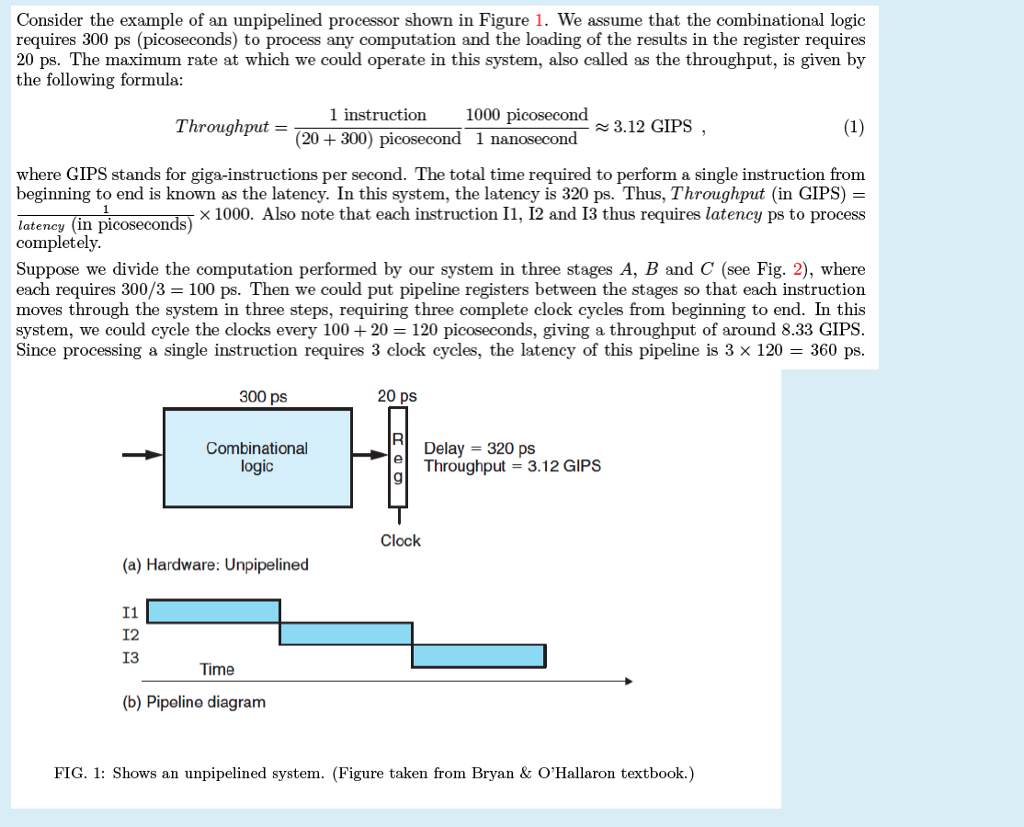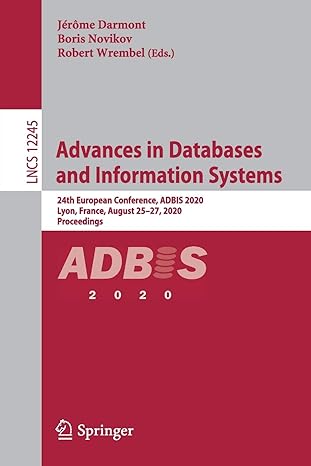Answered step by step
Verified Expert Solution
Question
1 Approved Answer
Consider the example of an unpipelined processor shown in Figure 1. We assume that the combinational logio requires 300 ps (picoseconds) to process any computation


Step by Step Solution
There are 3 Steps involved in it
Step: 1

Get Instant Access to Expert-Tailored Solutions
See step-by-step solutions with expert insights and AI powered tools for academic success
Step: 2

Step: 3

Ace Your Homework with AI
Get the answers you need in no time with our AI-driven, step-by-step assistance
Get Started


